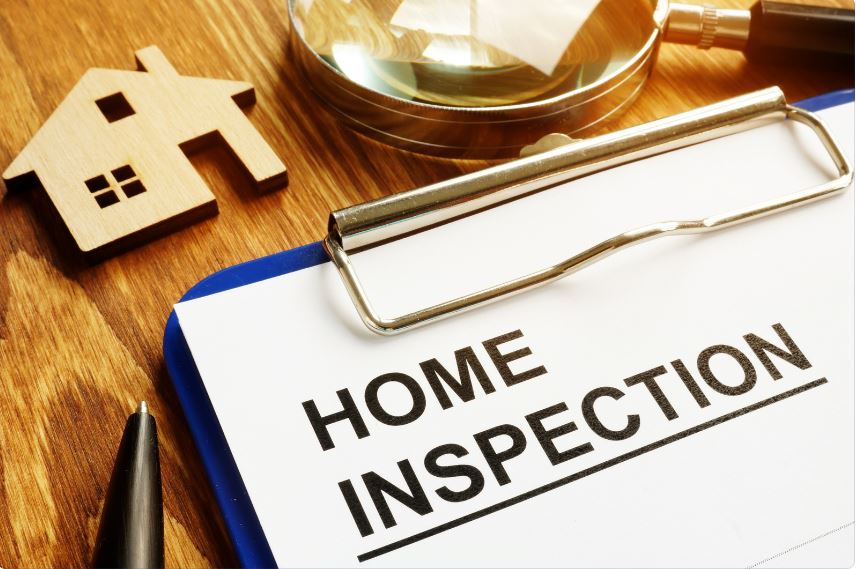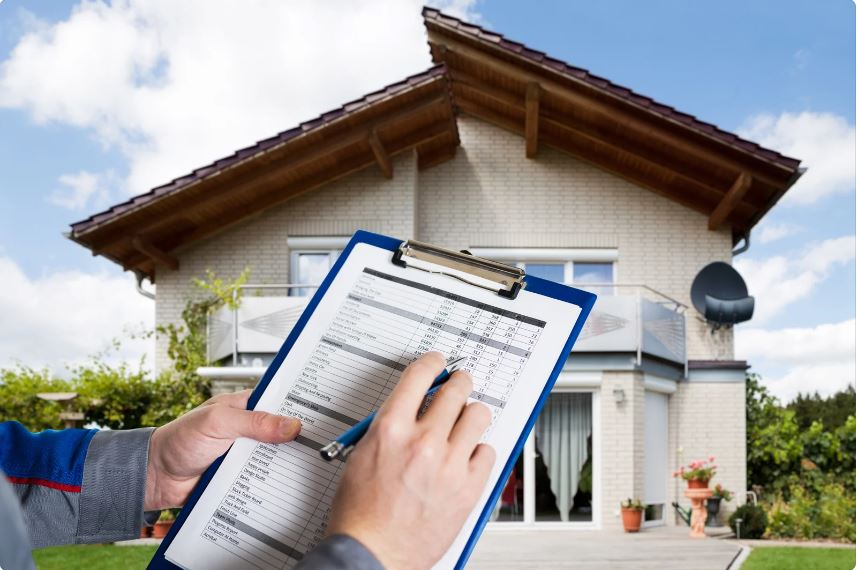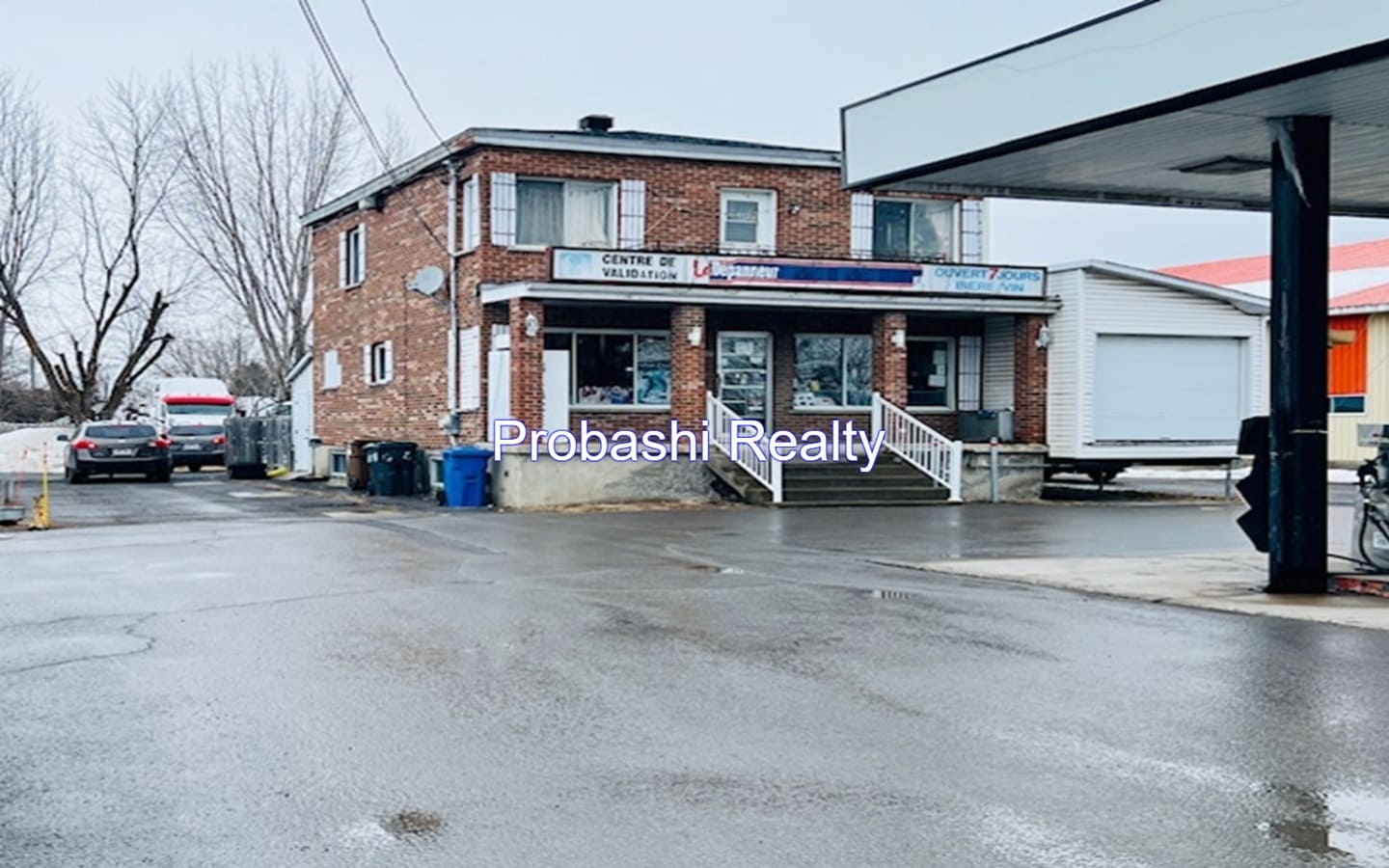What is Home inspections?
Home inspections are like check-ups for houses. When you’re thinking about buying a house, you hire a professional to look at it closely. They check everything from the roof to the foundation to see if anything is broken or not working right. It’s a way to make sure the house is safe and in good shape before you decide to buy it.

How to find a reliable home inspector in Canada
If you’re looking for a reliable home inspector, here’s what you can do:
-
Ask Around: Get recommendations from people you trust, like friends, family, or your home renovator.
-
Compare Services: Look at different home inspectors and what they offer. You can find them working solo, in companies, or franchises.
-
Check Certifications: Some provinces or territories certify home inspectors. See if your inspector is certified and part of any professional associations.
-
Look for Memberships: Inspectors who belong to associations often have liability insurance, which can protect you if something goes wrong.
Before you hire an inspector:
-
Verify Licensing: Make sure the inspector is licensed if required in your area.
-
Check Experience: Ask about their experience and training, especially with the type of home you’re interested in.
-
Check Accreditation: Look for accreditations from organizations like the Better Business Bureau.
-
Review Sample Reports: Ask for a sample report to see if it’s easy to understand and covers everything you need.
-
Get a Written Contract: Make sure you have a written agreement with the inspector outlining what they’ll inspect, when you’ll get the report, and how much it will cost.
-
Insurance: While not always required, it’s good if the inspector has liability insurance, just in case.
What to expect from your home inspection?
A good home inspection is like a thorough check-up for the house. The inspector looks at everything important visually, without causing any damage. They’ll walk you through the home and point out any issues or potential problems with things like the structure, plumbing, electricity, and more.
They’ll check:
-
Outside Stuff: Driveway, fences, deck, and the overall lot.
-
Building Stuff: Foundation, walls, and roof.
-
House Wrap: Windows, insulation, and things that keep the house cozy.
-
Plumbing: Water heaters, pipes, and how well the water flows.
-
Inside Things: Floors, cabinets, and all the finishing touches.
-
Climate Control: Furnace and air conditioning to keep you comfy.
-
Safety Gear: Smoke detectors, fire exits, and stuff to keep you safe.
-
Electricity: All the wiring, switches, and lights.
You can ask if they follow the CSA A770 Home Inspections standard. If not, find out how their process compares. You can also check out the standard for free with the CSA Group for more info.

Understanding How Accessibility Impacts Your Home Inspection Process
When you get a home inspection report, it’s based on what the inspector can actually see or get to during the inspection. If there are parts of the house they can’t check—like a snow-covered roof or a locked furnace room—they won’t be able to report on those areas.
It’s important for the seller or real estate agent to make sure all parts of the house are accessible for inspection. Otherwise, the inspector can’t give a complete picture of the home’s condition.
Key Factors to Evaluate Before Accepting a Home Inspection Report
Before the home inspection begins, make sure you have a written contract that clearly states what will be inspected, when you’ll get the inspection report, and how much it will cost. This helps avoid any misunderstandings later on.
It’s important to note that a home inspector won’t provide estimates for repair or renovation costs. Their job is to assess the condition of the home, not to give quotes for fixing any issues found.
Is a home inspection worth it?
Getting a home inspection might not be mandatory when buying a house, but it’s a smart move that can save you a ton of money down the line. Without one, you might end up with costly problems you didn’t know about.
Sometimes, sellers have already done a pre-listing inspection. This can help speed things up when selling the house and give you a heads-up about any issues.
If the inspection uncovers problems, you have options. You can ask the seller to fix them before you buy, or you can adjust your offer to cover the cost of repairs you’ll need to make. It gives you more control over the situation and helps you make an informed decision about the purchase.
Introducing the Canada standard for home inspections
National standards are like rules that everyone follows to make sure products and services are top-notch across Canada. When professionals stick to these standards, it helps consumers make better choices.
One important standard is the CSA A770 Home Inspection Standard. It was created by the CSA Group, a non-profit organization, in 2016. This standard is voluntary, meaning home inspectors can choose to follow it. It covers everything important in a home inspection, making sure nothing gets missed. When inspectors use this standard, it gives consumers peace of mind knowing their inspection is thorough and meets the best practices outlined in national guidelines.













